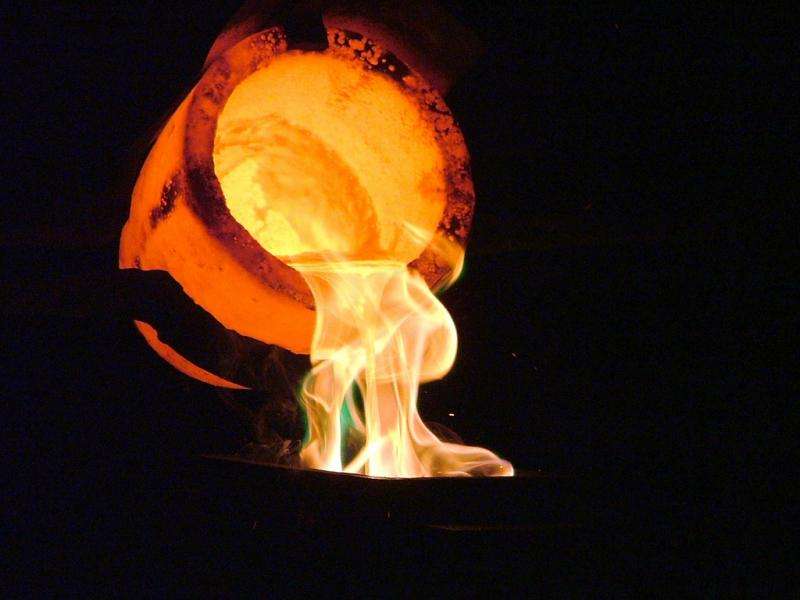Metagenomic analyses lend insights into how microbes break down wastewater contaminants

Researchers conducted analyses of microbial communities in laboratory-scale bioreactors breaking down contaminated wastewater from gold ore processing.
In this "first application of genome-resolved metagenomics" to characterize bioreactors involved in gold ore processing, the data reveal how the bioreactors utilize available nutrients in wastewater and allow researchers to observe which microbes dominate the communities, which will help improve microbial-based remediation strategies.
The Emerging Technologies Opportunity Program (ETOP) was launched in 2013 by the U.S. Department of Energy Joint Genome Institute (DOE JGI), a DOE Office of Science User Facility at Lawrence Berkeley National Laboratory. The Program aims to bring new technologies developed at other institutions into the DOE JGI, making them available to its users for energy and environment applications. A half a dozen proposals were approved during the Program's first year.
Among the projects approved in the inaugural ETOP call was one from metagenomics pioneer Jill Banfield at the University of California, Berkeley. Banfield proposed building and characterizing a pipeline that would allow researchers to isolate and study both near-complete and complete microbial genomes from environmental samples. One of the results from this project was published July 28, 2015 in Environmental Microbiology.
Natural ecosystems and the diverse communities of microbes (and other organisms) within them are extremely difficult to study because they are not closed systems, where all inputs and outputs can be accessed. To make the compositions and activities of microbial communities more tractable for analyses with genomic methods, this study focused on microbial communities in laboratory bioreactors that were being studied as a potential method of treating wastewater contaminated by gold ore processing. From these bioreactors, the team reconstructed draft and curated microbial genomes using high-throughput metagenomic sequencing of biofilm and supernatant samples. In one bioreactor, a mixture of cyanide (CN-) – used for processing gold ore – and thiocyanate (SCN-) – a byproduct of the process – was being degraded, while in the other bioreactor, only thiocyanate was being degraded.
"This is the first application of genome-resolved metagenomics to characterize SCN− and CN− bioreactors," the team noted, "revealing a complex community containing novel organisms and genes." The analyses allowed the team to outline the structures of the microbial communities and diagram potential nutrient flow paths. For example, they found evidence indicating that the microbes were not relying on the molasses included in the media as an energy source, which could help reduce bioreactor operating costs on the commercial scale. They also recovered several genome sequences allowing them to determine the composition of the communities in the bioreactors. They found some functions are shared, such as the ability to adapt to temperature and oxygen fluctuations. Others are less so; they found a complete denitrification pathway in one microbial species in the CN-SCN processing bioreactor.
Ultimately, this study will provide new approaches for the scientific community towards characterizing microbial communities involved in activities of major interest to DOE, including support of bioenergy feedstock plants, terrestrial carbon cycling, and waste cleanup.
The 2015 call for ETOP Letters of Intent recently ended, but a list of currently supported projects can be viewed here.
More information: "Bioreactor microbial ecosystems for thiocyanate and cyanide degradation unravelled with genome-resolved metagenomics." Environ Microbiol. 2015 Jul 28. DOI: 10.1111/1462-2920.12936.
Journal information: Environmental Microbiology
Provided by DOE/Joint Genome Institute





















